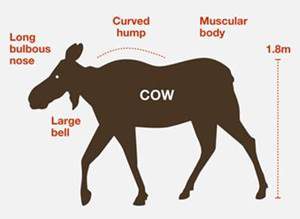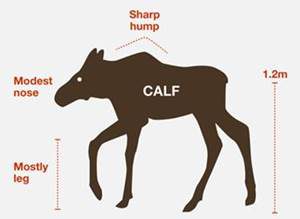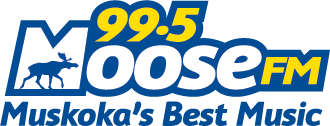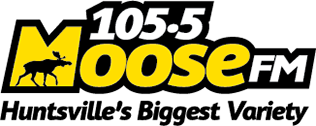COTTAGE COUNTRY, ON- In case you’re forgetting what moose look like, the province is offering some timely advice.
In an announcement today, Ontario’s conservation service put together a reminder for hunters seeking moose this fall. They want people to know the difference between moose calves, yearlings, and cows, so everyone can help protect the health of the province’s moose population.
“A moose under the age of one is a calf,” read the announcement.
“Some defining characteristics are a small, fine-featured nose, short ears, almost no bell (which is a beard-like flap of hair-covered skin under the throat), short triangular-shaped face, and their head appears shorter and stouter than an adult moose.”
Calves will have a square body shape, and a sharply pointed shoulder hump. They will also appear to have more leg than body, and will stand about 1.2 metres high at the shoulder.
They typically weigh between 350 to 400 pounds.
A cow moose in its second year is known as a yearling, and considered an adult in Ontario.
“An adult female is a cow, and the adult male is a bull,” read the announcement.
“Cow moose have long over-hanging bulbous nose, a longer more rectangular shaped face with prominent ears and bell. Yearlings and adult moose are more rectangular-shaped than calves and stand about six feet high at the shoulder, and weigh between 700 to 1,200 pounds.”
If you see a single moose without any antlers, take the time to look for a nearby calf. Yearlings are independent, and won’t follow cows as closely as calves.
If you see a natural resource violation, call the MNRF TIPS line at 1-877-847-7667 toll-free anytime.
With your help in properly identifying moose, and establishing safe hunting practices, and reporting natural resource violations, we can continue to enjoy Ontario’s natural resources in a safe and respectful manner.









